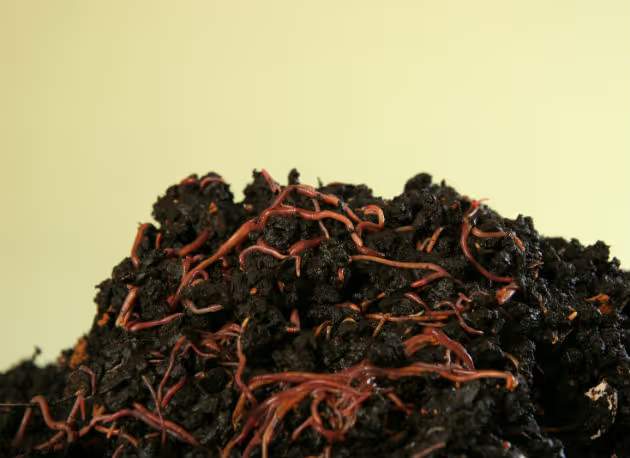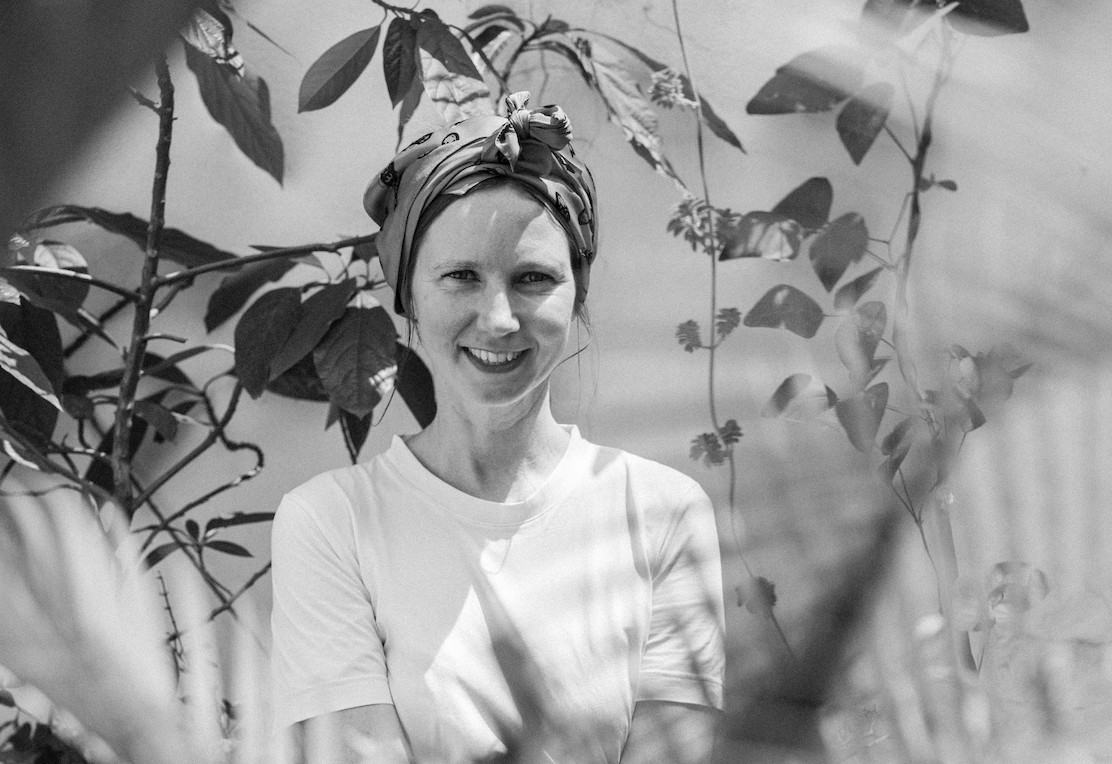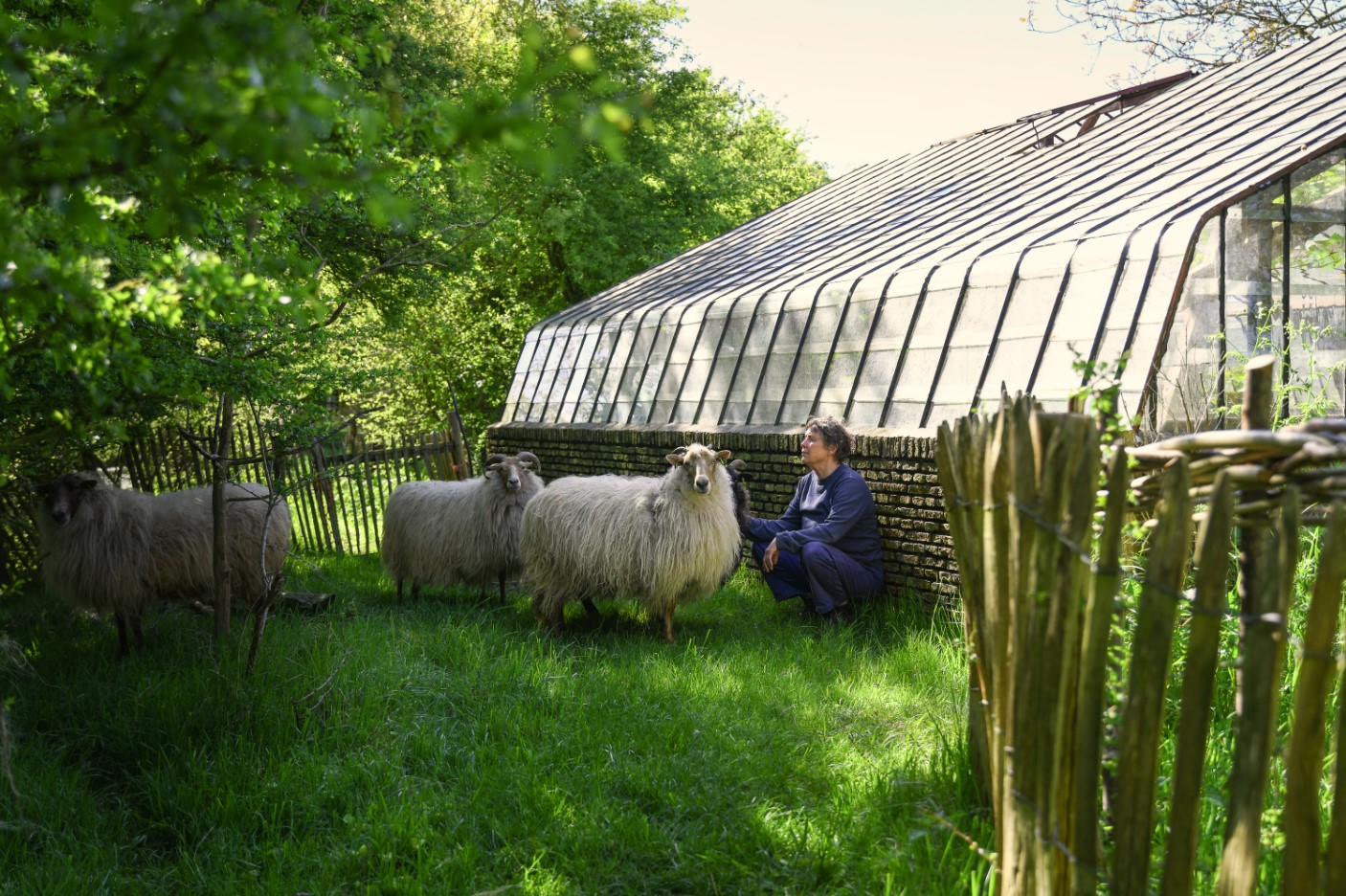But how to do that? If you really want to be a true friend to the environment, then it is actually a difficult question to answer. It requires the kind of knowledge which must of us do not possess. And it requires gathering information on each of our actions, which are often not readily available (especially, for example, when it comes to precisely tracing the origins of materials). Every project, and every manufactured «item», must be accompanied by a Life Cycle Assessment (LCA) or other type of study to ensure that companies are not making a major error in launching production. Unfortunately, at present, such processes are far from common across companies. Which means often they are guided by mere common sense or reflexive instincts as to what the right environmental decisions may be. Of course, such “on the fly” decisions may be the correct ones – but knowing that would require assessing each case individually.
But purely economic considerations inevitably push toward certain choices, which may not be the greenest ones. So-called «greenwashing» – essentially a process of “make-believe-it-is-sustainable” coupled with opportunistic marketing – is often used instead of undertaking the effort to create truly sustainable projects.
Provided you would actually get the required information, one of the things you can do is to make sure that what you make, what you use, and what is ultimately thrown away, will return «to Mother Earth» without contributing any toxic components. And that is when the concept of biodegradability becomes a key trait for materials to possess. Generally a trait of organic materials, biodegradability offers the promise of a full natural cycle.
However, biodegradable may not always mean exactly what we expect. Indeed, European standards consider a material as biodegradable when 90 percent is broken down and the remaining 10 percent has no toxic effect. Decomposition, aerobic or anaerobic (with or without oxygen), carried out by micro-organisms, produces CO2, water, mineral salts and other substances, creating new biomass. Natural materials which have not been subjected to any chemical processing are considered as directly biodegradable.
The most preferable biodegradable materials must be fully compostable. What does that mean? To be compostable means that, once degraded, less than 10 percent of a material will remain in the form of small particles (these particles have to be less than 2mm in size). The decomposition process should not have any negative effects, and the end product of the decomposition, called compost, should not be toxic.
The end product of composting is called humus, and contains nutrients which are valuable to the soil. It is created in a relatively short space of time – between a few days and four months maximum. Now we’re talking! When we think “biodegradable”, we commonly are really imagining “compostable”. But that is not always the case, and without being educated, customers can easily be fooled.
Other categories surrounding the concept of biodegradability can be highly confusing, too, and also lead to incorrect conclusions: materials described as bio-fragmentable, fragmentable or oxo-fragmentable are in general mixtures of synthetic polymers (polyethylene type) with vegetable or mineral additives. The life end of these materials manifests itself through the bio-degradation of additives and by a (visible) physical degradation, but without a molecular disintegration of synthetic elements. These materials do not meet the requirements set by current European standards – despite the fact that their «fragmentable» properties appear to have a certain “green” ring to them...
Some polymers are also engineered to contain a pro-degradant additive, which speeds the degradation process by reducing the molecular weight over a pre-determined period. Such materials are termed oxo-degradable, or oxo-biodegradable. In the Middle-East and Africa oxo-biodegradable plastic bags have become mandatory. However, debates continue on the potential toxicity and effects of the breakdown residues. The long-term effects of the accumulation of polyolefins in the soil is not known (even though the material becomes invisible to the naked eye). In addition, the first additives used in such materials contained heavy metals!
Some plastics, usually made from starch or other vegetable products, are considered as hydro-biodegradable. Their degradation requires moisture and emits methane as well as CO2. Unlike oxo-biodegradable plastics, hydro-biodegradable plastics cannot be recycled, but are more compostable.
Naturally, it would be simple if every country shared the same standards. Instead an assortment of national and international tests are used throughout the world to classify biodegradable products – quite a difficult task!
Once you start being able to distinguish biodegradable, compostable and not truly biodegradable materials, other parameters must also be taken into account. Biodegradation is chiefly dependant on time and natural conditions. Light, temperature, oxygen, water, as well as the number of micro-organisms available to carry out degradation, are key factors when it comes to the biodegradation rate. While vegetable matter, for instance, can be expected to biodegrade in a matter of days or weeks, it may take months or years for cotton or wool; centuries for plastic bags; and a million years for glass to disappear into the environment. Therefore, labelling a material or product as biodegradable is a tricky decision – biodegradation may or may not occur depending on how it will be disposed of. Surprisingly, landfills, with their deep layers, do not offer the required conditions for degradation to fully occur.
But biodegradability is still an appealing notion. From biodegradable disposable food containers – only used for a short period and then thrown away; to biodegradable gold tees which prevent golf courses from being dotted with thousands of plastic parts planted in the ground; to biodegradable bullets, which, once used (hopefully not ending up lodged in flesh!) decompose; to biodegradable garments and shoes – incidentally, PUMA was the first sports company to offer fully biodegradable sneakers. And, rest in peace, there are even biodegradable coffins. The era of degradation is nonetheless in full bloom, even though many materials specialists will tell you that you can’t have your cake and eat it: If a material is degradable under specific conditions, that will likely mean that it is more fragile – because as soon as the required conditions are encountered, the material in question will start to decompose. Highly resistant materials are unlikely to be biodegradable.
Waste free materials production is advocated by the Cradle to Cradle CertifiedTM designation. Shortened to “C2C”, or simply called “regenerative design”, the concept arose from the vision of two men – American architect William McDonough and German chemist Michael Braungart. It represents a biomimetic model in which everything must be re-used – either returned to the soil as biological, non-toxic nutrients – or recycled as “technical nutrients” used in continuous cycles as the same product. Zero waste is one of the key benchmarks of this system. Within this framework, certain substances are to be definitely banned (teratogenic, mutagenic or carcinogenic elements, for example). In contrast, the “P list” (positive), supports the development of non-dangerous substances and actively encourages their use.

Source: Eric Kilby, Flickr, 2007,CC, CC BY-SA 2.0
But does favouring biodegradability mean that all things should ultimately disappear? Including us, and the things wee seek to leave behind? And is the “green” one always the best policy to adopt? However one looks at it, making materials – no matter which – requires energy. Of course less processing means less energy is used. Less transformed products are more «natural» and more likely to be degradable. Energy consumption in manufacturing processes is a key contemporary global concern. It is also a parameter that can be studied and compared, helping us choose from “lesser evils”. But is it always a good idea to make items with a brief lifespan? Some things may be better designed to last.
This is one of the questions which architects CHRIST & GANTENBEIN decided to explore in their project entitled “More Than a Hundred Years”. They note that the current trend of using recycled materials as building materials is interesting, although often linked to temporary buildings. Yes, it is «green» to play with reclaimed wood pallets, and certainly immediately signals the a recycling effort was made, they note. But, CHRIST & GANTENBEIN argue, the process still requires the considerable usage of materials, as well as significant energy utilisation for the overall building process. Would it not be more interesting to find real durable solutions; to both build for the future and ensure durability? They claim that “sustainable architecture is not just one that disappears peacefully (recyclable) but one that stands the test of time (durable)”. Certainly food for thought…
Our relationships with objects are ancient and deeply rooted. The stories generated by items and objects are essential to our lives and cultures. The materials involved in their production bear witness to our lives, and constitute a testimony to our heritage. If everything became biodegradable, the tradition of passing down items from one generation to the next could not continue.
Does the digital world in which we now supposedly live, and which preaches the benefits of non-material storage, open the door to a new way of transferring our living history in a more biodegradable manner?
Granted, we humans are ourselves biodegradable (probably even compostable depending on what one’s body may contain – metallic implants, for instance!) but we do seem to be quite keen on leaving behind traces of ourselves which will withstand the test of time.
Even though, I would argue, the concept of the winds of time ultimately turning everything to dust also has a certain appeal. But can we really let go of our need to make a permanent mark?

Elodie Ternaux is an engineer and industrial designer. She spent a number of years as co-director of matériO Paris, a materials library dedicated to innovative «solutions», and currently manages a material consultancy service. She gives lectures around the world, curates exhibitions, and is the author of several books, including Materiology: The Creative Industry’s Guide To Materials and Technologies and Industry of Nature: Another Approach to Ecology.
Czech version of the article was published in printed version of Material Times #2.




